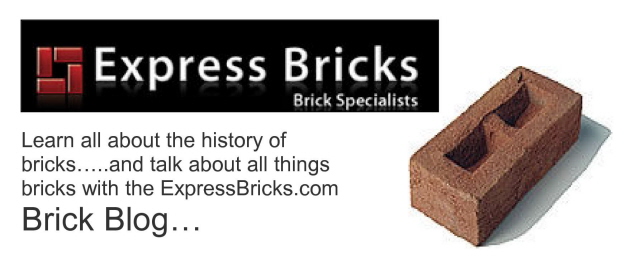To make any kind of brick work complete it must be plied together with mortar. The way in which the bricks are bonded together is vital to the strength of the overall structure. Concrete mortars contain aggregates of more than 5mm where as mortar contains aggregates less than
The mixtures has to be mixed together with clean water before it is ready to use
Normal bricks should be laid on a bed of mortar at least 3/16" and no more than 3/8" thick. For a course of bricks 8 courses high, your mortar should not exceed 2" in total. With pressed bricks being smoother a mortar joint of 1/8" can be used. For rough stone work a mortar with rough sand can be used, but for pressed brickwork it must be very fine sand.
Lime Mortar
Slaked lime is used to make lime mortar. The mortar is made by mixing sand with slaked lime at the proportion of 1 part lime to 5 parts sand. There are two types of lime used in lime mortars, one that sets and hardens by the reaction with the air (non-hydraulic) and one which sets by reaction to the water (hydraulic).
Non-hydraulic lime is made from pure calcium carbonate, or chalk or limestone. This is burned in a kiln to create calcium oxide or quicklime. When this is slaked with water it takes on another form as calcium hydroxide. Calcium hydroxide reacts with the air to set. This is what sets the brickwork together and creates the strength.
Hydraulic Limes. Calcium carbonates naturally occur but can include some impurities. It is these impurities which when burned in a kiln create the calcium silicates or aluminates that react with water to set. Enough water is added to the mixture to create calcium hydroxide powder form. The hydraulic lime is then graded depending on their overall set strength.
White and Coloured Mortar
White and coloured mortars should be made using lime putty and screened sand. Colour is created by adding additional minerals to the white mortar. Coloured mortars are not as strong as white mortars. However the more popular mortar colours are red, brown, buff and black, green, purple and grey.
Cement Mortars
Cement mortars should be used in areas of damp or below grade work, also in places which will have heavy loads such as arches. Cement mortars should also be used for setting coping stones or where the brick work will be exposed to the elements. For under water construction Portland cement mortars should be used.
Mortar Tinting from Bricks UK available at http://www.extensionmatch.co.uk/motartinting.html
When new extensions or refurbished brick and stonework are being carried out, matching the mortar joint with the original brick work can be a problem. Extension Match colour tinting extends to mortar tinting. We can match mortar colours perfectly and permanently and all work is guaranteed for the life of the brickwork.
Grout can also be tinted. Shown below is a tiled bathroom floor - the customer was not happy with the original grout finish so we tinted the grout joint which transformed the overall appearance of the tiled floor.
For example
Thursday, 13 August 2009
Subscribe to:
Post Comments (Atom)









No comments:
Post a Comment